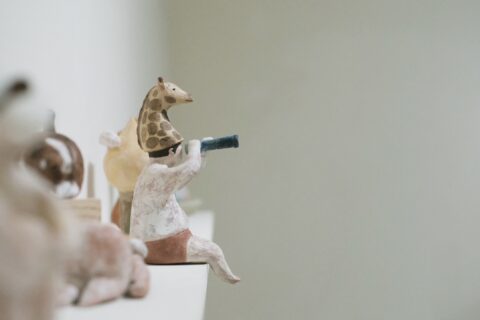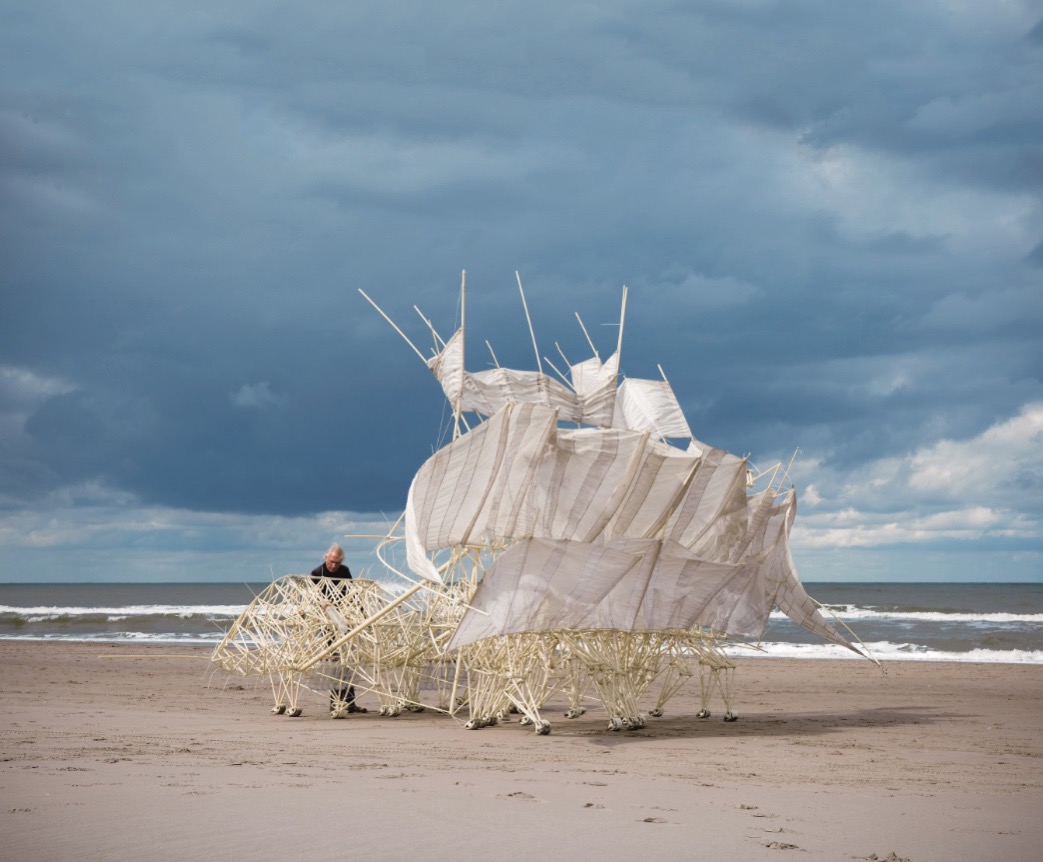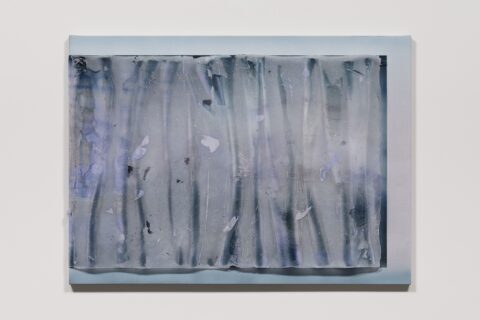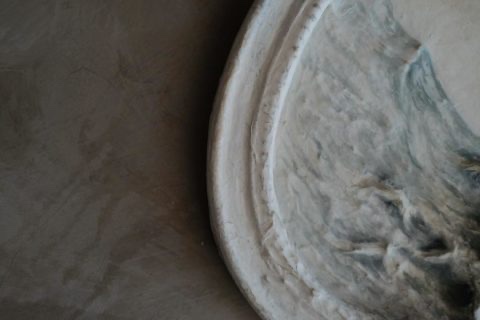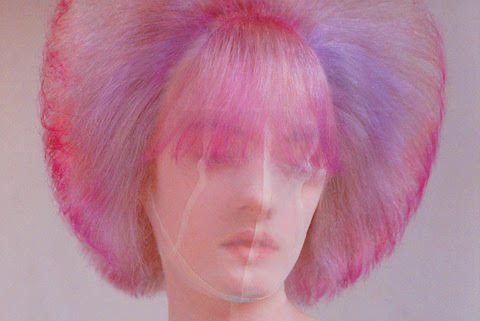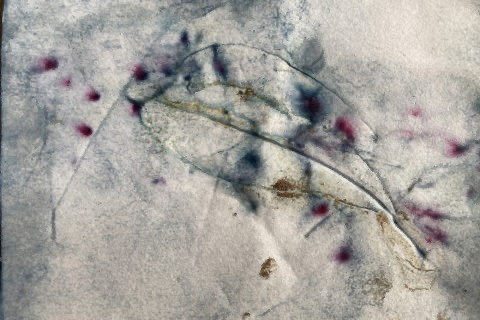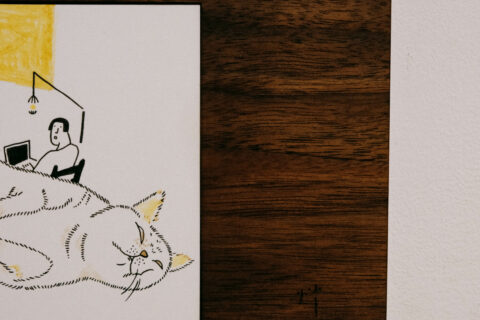Theo Jansen生產的生物,在沙灘上活躍地邁步前進,牠們不吃食物,牠們只吃風。
三十多年前,Theo Jansen替報紙撰寫專欄,談到北海水位上升時,他忽發奇想,若沙灘上有著一個個骷髏,隨風而動,將沙堆起,越堆越高,越堆越厚,荷蘭或許就能躲過被北海淹沒的危機了。這天馬行空的意念,想不到為他植下了製作「Strandbeest」系列的種子。
某天Theo Jansen遇上一家售賣塑膠管的工具店,那些塑膠管於荷蘭的家居之中,常用來收藏電線。他靈機一觸,說不定這些膠管能造成會動的骷髏來!對物理及藝術同樣感興趣的他,立時將膠管帶回家,花了一整天研究。那天他沒做出甚麼,只做了一個決定,決定花一年來實踐自己的想法,製作以風來帶動的巨獸。而最終,他竟花了近三十年,且至今仍然不斷地研究。
iroirStrandbeest系列的首件作品,於1990年發表,至今Theo Jansen已生產了逾50隻骷髏生物。看到牠們在沙灘爬行的影片,一時之間,會被牠自然的動態蠱惑,錯覺牠真是一個生命體。
北海道的札幌藝術之森美術館,現正舉行Theo Jansen的作品展,在13件展品中,有點3件為新作,而Strandbeest更首次登陸北海道的海灘。不知道骷髏生物是否適應異鄉的海岸呢?
The creatures that Theo Jansen creates are rambling tirelessly on the beaches. They never need to eat as they are fed on the wind.
The idea of this project first came to Jansen’s mind over 30 years when he was writing an article about the sea level rising in the North Sea. He had a picture in mind with skeletons walking on the beach and dancing in the wind. These skeletons would pile up sand dunes; as the sand dunes get taller and taller, they could possibly save the Netherlands from being submerged by the North Sea. This seemingly wild thought has planted the seed of his Strandbeest series.
Jansen thought of the idea once again when he visited a shop that sold plastic tubes that are commonly used by Dutch to hide electrical wires and cables. At the shop, he realized the plastic tubes could be the material for making his mobile skeletons. As a person who is interested in both physics and arts, Jansen brought home the tubes and spent the whole day on his experiment. Although the trial was a failure, he was not discouraged by it. Instead, he decided to invest one whole year to create a giant beast that can move freely in the wind. His experiment did not stop after the one year as he originally planned; he ended up spending almost 30 years and is still working on the project until today.
The first piece of work from the Strandbeest series was launched in 1990. Up until now, Theo Jansen has already created over 50 skeleton creature. It is so easy to be tricked into seeing them as living creatures when watching videos of them crawling on the beach.
The Sapporo Art Park is currently hosting a Theo Jansen exhibition that displays 13 of his work, including 3 new pieces. This is the first time ever for the Strandbeest to set foot on the Hokkaido beach, aren’t you curious to see if these skeleton creatures are adapting well on this foreign land?
